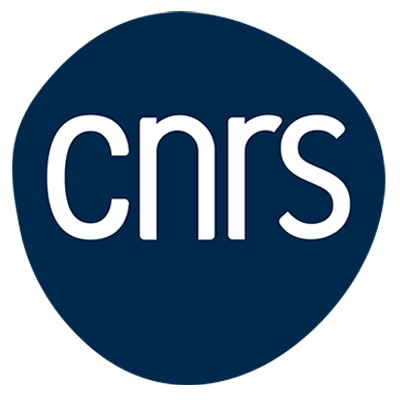IEA MARGEN
French-Australian International Emerging Action in Biology
Styela sp. Credit Alexandre Jan
Introduction
Most living animals reproduce sexually, a strategy that is regarded as evolutionary advantageous by allowing rapid adaptation to constantly changing environments. However, other reproductive modes co-exist and nearly half of animal phyla contain species that can propagate asexually via agametic reproduction. Many agametic propagating animals form colonies where individuals are connected to each other or develop clusters of genetically identical modules. Colonial growth and modular organization has important physiological and ecological consequences.
Despite widespread occurrence and impact on the dynamic of marine ecosystems and man-made environments, surprisingly very little is known on how asexual propagation and coloniality have evolved and how their mechanisms are regulated at a genetic and molecular level. MARGEN aims to use an entire family of marine invertebrates as a model for macroevolution experimental studies, specifically to track and study the transitions to (and from) coloniality.
Missions and research themes
In MARGEN, using ascidians for a particular relevant case study, we propose to combine field and experimental ecology, comparative genomics and developmental biology to understand the mechanisms leading to agametic development and coloniality, to infer their evolutionary trajectories and to examine processes that might allow colonial ascidians to successfully spread around diverse natural and artificial ecosystems and habitats.
The first task of MARGEN entails a phylogenomic reconstruction of the relationships between colonial and non-colonial ascidians belonging to the representative family of Styelidae. We will also provide the description of several anatomical characters putatively correlated to coloniality in order to map their evolution on the obtained phylogeny.
With the aim of detecting genomic signatures of agametic development and coloniality, in the second task we will sequence, analyze and compare four styelids genomes, two colonial that acquired coloniality convergently and two non-colonial.
institutions and laboratories involved

Colony of Clavelina lepadiformis. Credit Alexandre Jan

Detail of a colony of Clavelina lepadiformis. Credit Alexandre Jan
